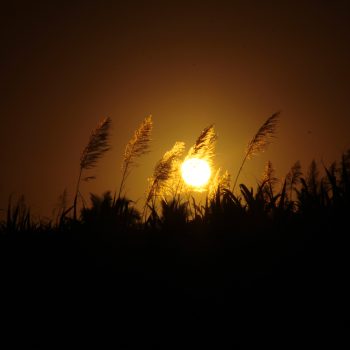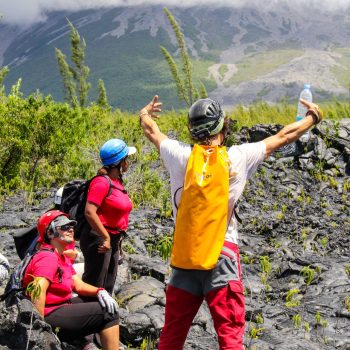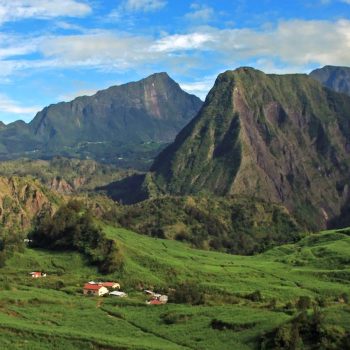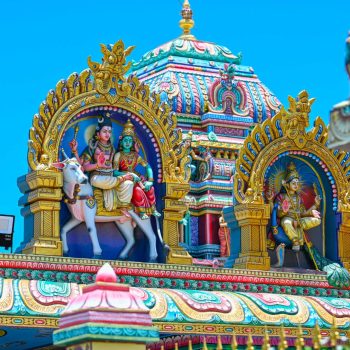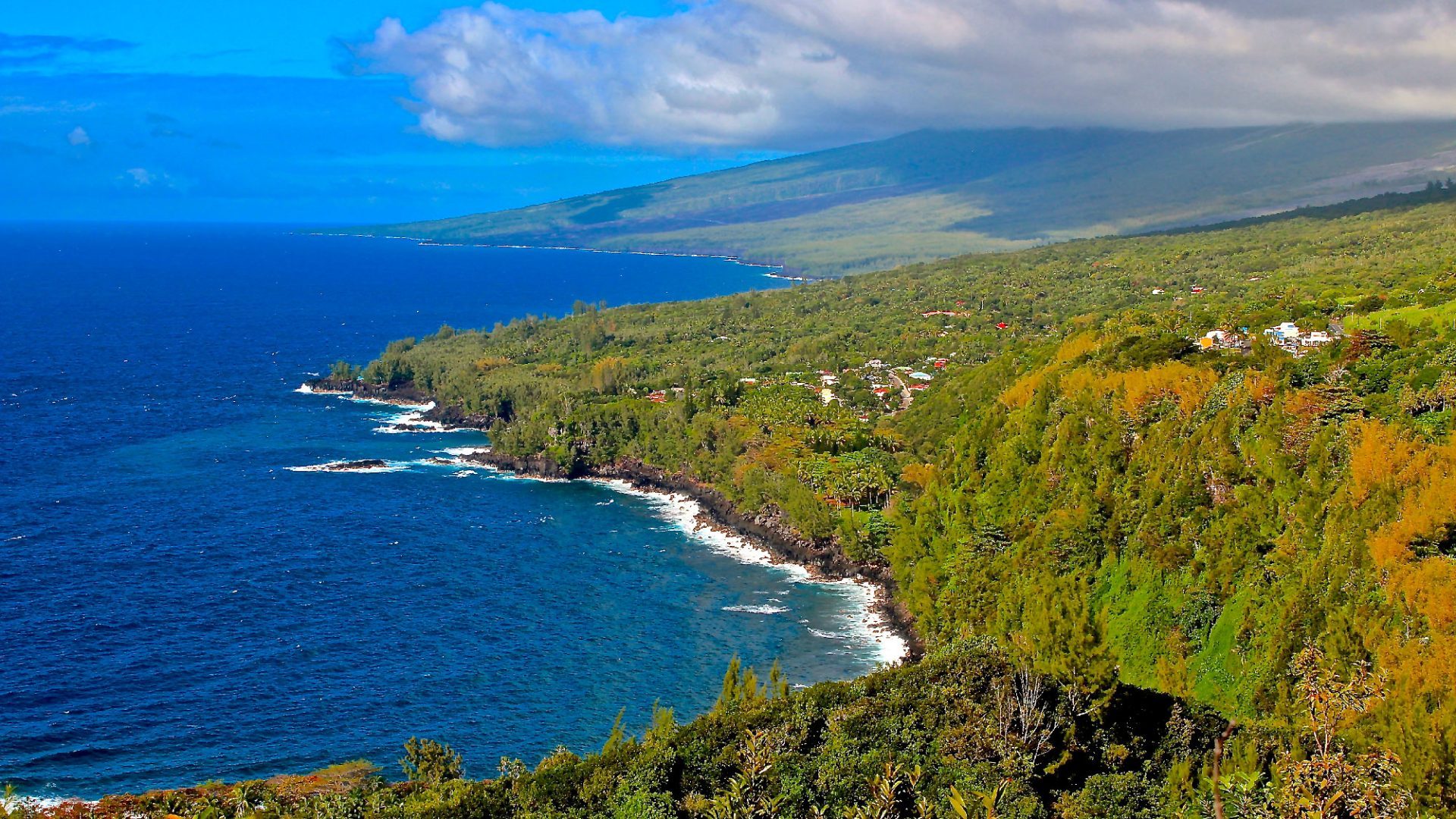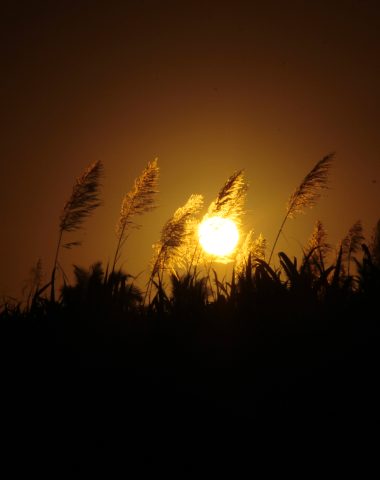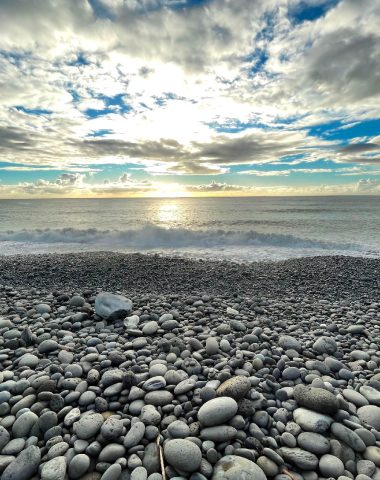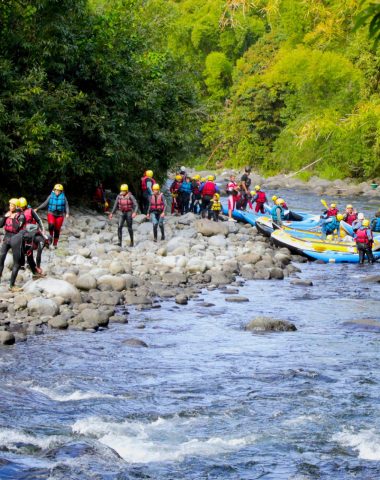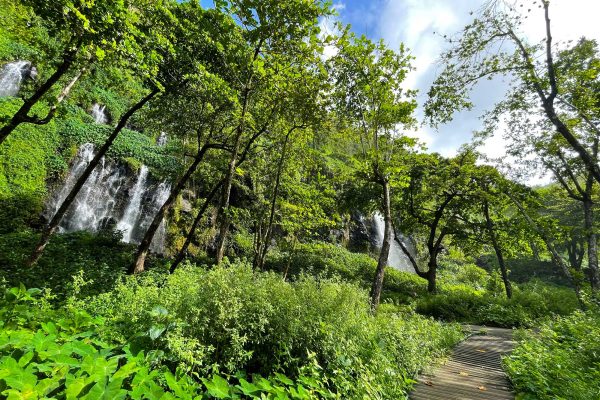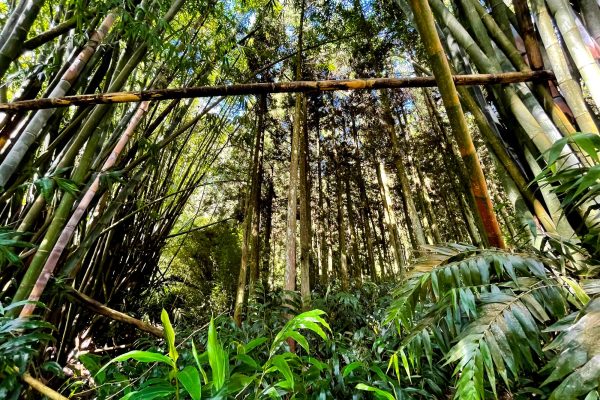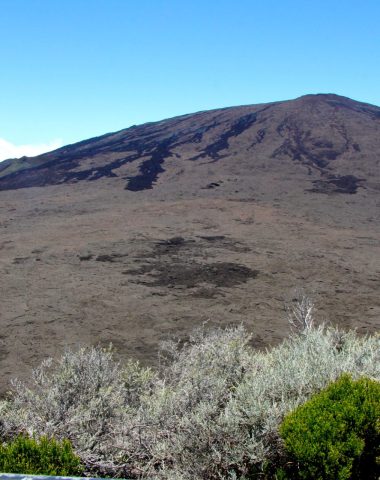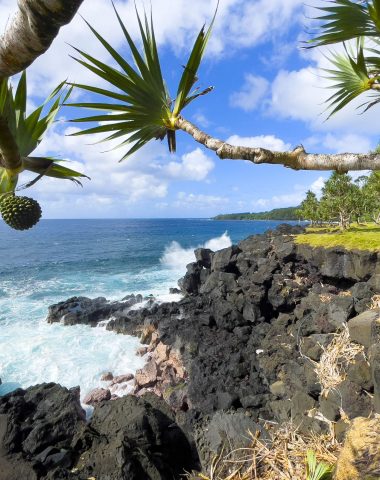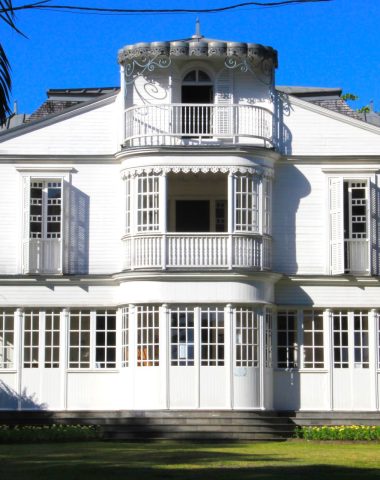The east of Reunion Island is an exceptional land. Untamed and untouched this region reflects well the biodiversity of the island.
The Windward Coast in the Indian Ocean
The windy coast is renowned for its luxuriance with primary forests, waterfalls and different basins, enough to offer you unforgettable moments, improbable photo spots and good gourmet spots in the 6 municipalities.
You can still feel the beating heart of an authentic and friendly Reunion.
This region includes 6 municipalities, Bras-Panon, the Palmist Plain, Saint-André, St. Benedict, Sainte-rose et Salazia and covers 73 ha.
Some specificities and what to do in the East of Reunion Island?
Le Circus of Salazie (the most easily accessible circus on the island), the forest of Bélouve, the Takamaka valley, the cane fields (covering a large part of the territory), Saint-Benoît lychee, pet of Salazie, vanilla Sainte-Rose and Bras-Panon etc. All these specificities make the East a region with an authentic and preserved face.
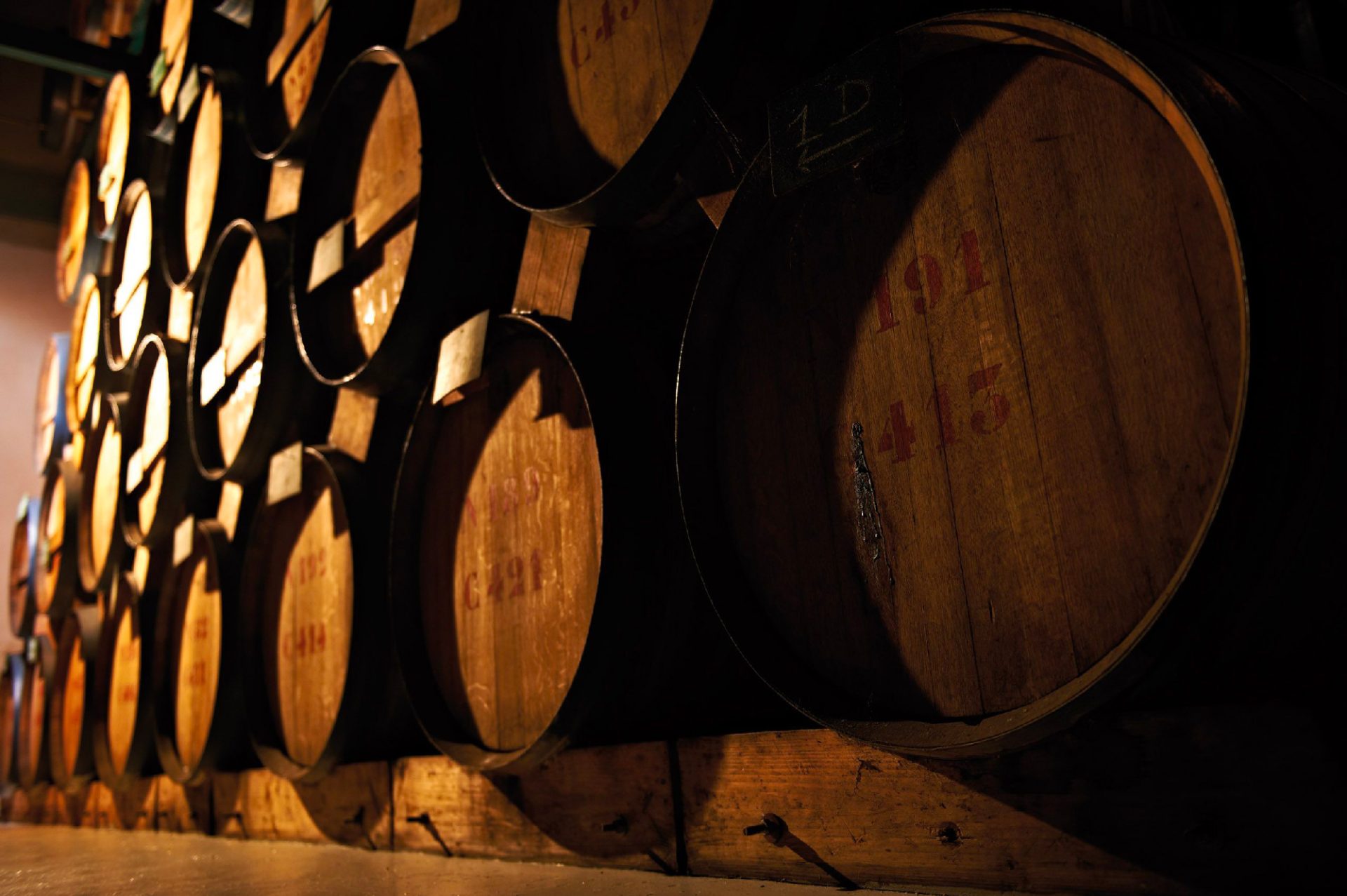
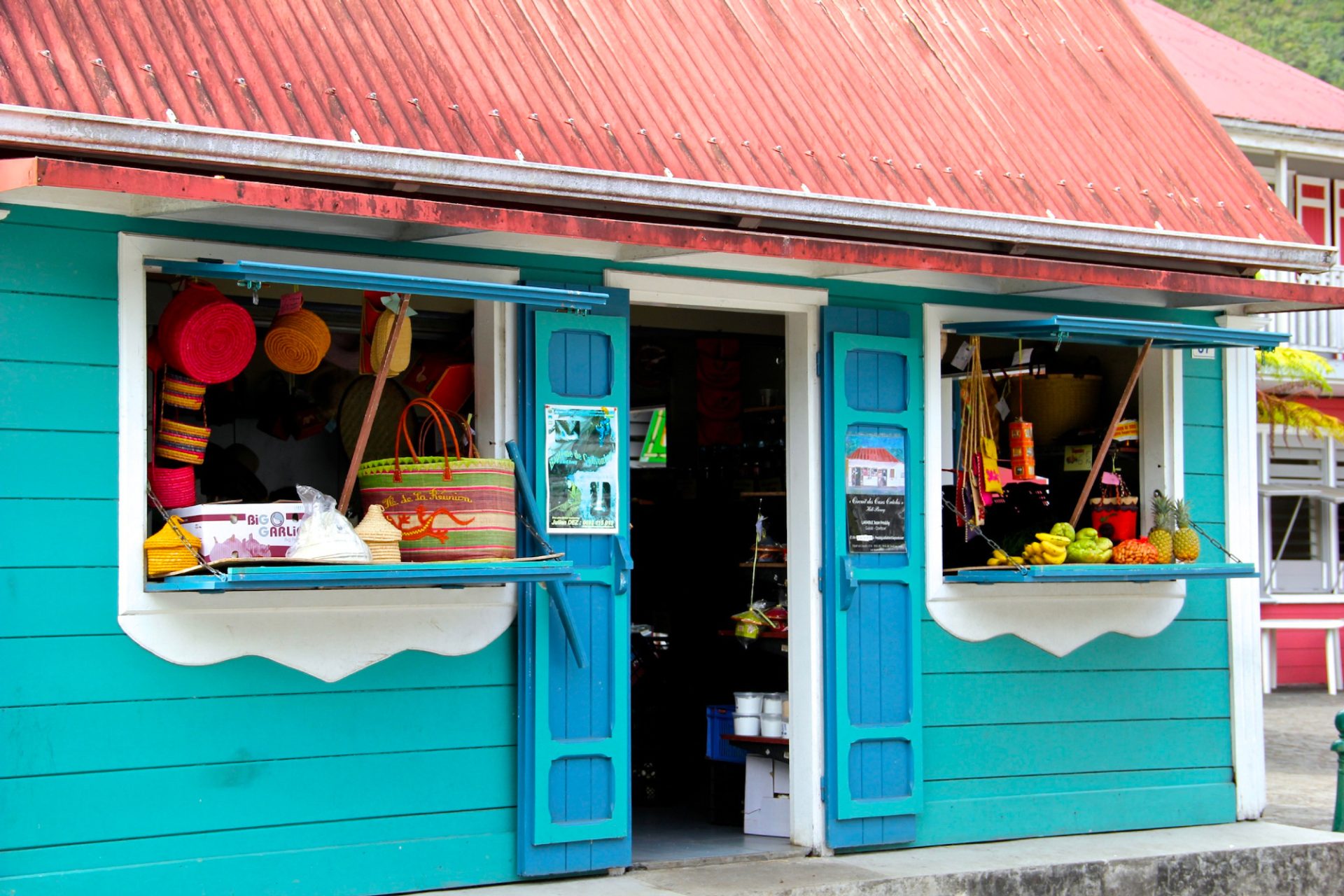
Bras-Panon, vanilla
Vast plain of the hot and humid East, covered with sugar cane and vanilla plantations, Bras-Panon is the domain of the bichiques, traditional delicacy of the good tables. The town offers easy walks in the middle of lush vegetation. Every year in May, the Bras-Panon Agricultural Fair.
La Plaine-des-Palmistes, a haven of peace
At an average altitude of 1 meters, very wet, this plateau is of incomparable botanical richness. This explains the diversity of its agricultural production. Every year, in June, the guava festival Rhythm of the Plaine des Palmistes
Saint-André, cradle of Tamil culture
Commune with an agricultural vocation from the dawn of settlement, Saint-André experienced the highest concentration of Indian immigrant workers around its fields and factories. Its tourist attractions, away from the main thoroughfares, are well worth the detour. Saint-André celebrates Dipavali, in October or November.
Saint-Benoît, whitewater
Formerly the terminus of the railway and a region totally devoted to agriculture and the sugar industry, the commune of Saint-Benoît is today a city of art, education, culture and tourism. It is full of tourist attractions.
Sainte-Rose, verdant, warm, humid and endearing
Between an impressive eastern river, the Indian Ocean, and the Fournaise massif, the commune of Sainte-Rose offers a great diversity of landscapes. It's blessed bread for tourists passing through as well as for local picnickers who have made this region one of their favorite excursions.


